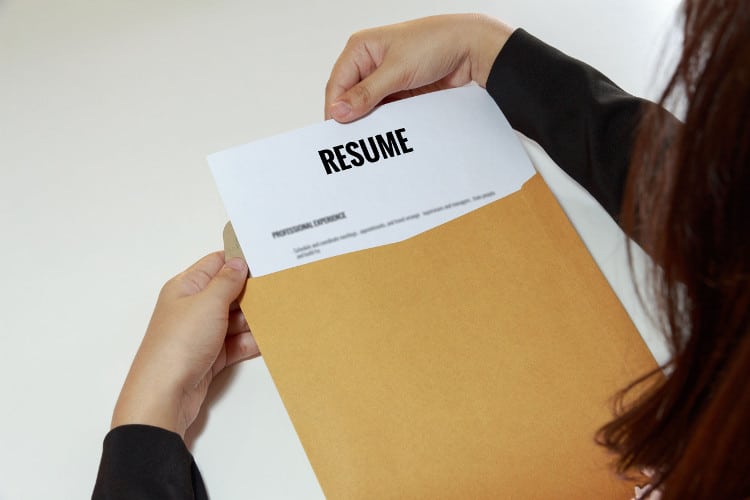CV Structure
Everybody has different experiences and skills, as well as different strengths and weaknesses. Everybody is at different stages of their careers and seeking different levels of jobs to others. So you wouldn’t think there’s one common thread linking every job seeker. But there is.
And it’s making sure you use the correct CV structure. The same basic CV structure can be used as the base on which to build a curriculum vitae unique to you. But everyone needs to start with the same solid foundation to create a job-winning CV.
Personal Details
This should be first in any CV and clearly visible. Remember to keep all email addresses professional and leave any nicknames to a personal email address.
Career History
This will be in the main body of your CV and should be presented in reverse chronological order with your most recent employer first.
School History
Put this in reverse chronological order with your most recent qualifications first. Always make sure that your achievements are kept up-to-date. List your professional memberships.
Skills
These are soft skills as well as technical skills you possess. These are a critical part of a CV, and need to be changed depending on the role you are applying for.
References
This is a list of people that have managed you, or can provide information on your performances in the past. You will need to contact anyone you provide beforehand.
Hobbies/Interests
Hobbies and interests should be nearly the last item on your CV. There is no real necessity to include them but employers do like to see a well-rounded individual and hobbies help create that perception.














